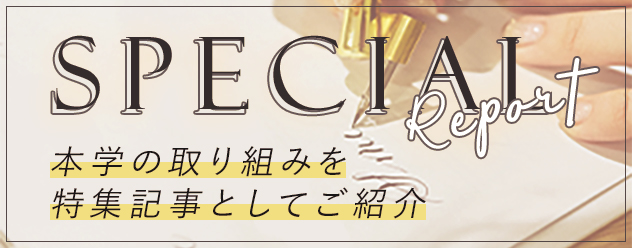Events
- Advance application required
- International Symposium
- Bamiyan
- Research Institute of Cultural Properties, Teikyo University
International Symposium: Bamiyan Now
Date and time
Sunday, September 28, 2025 13:00-16:45
Overview
The Bamiyan Valley in central Afghanistan flourished as a strategic point on the Silk Road, and was a place where diverse cultures intersected from the 1st to the 13th centuries. Buddhism flourished mainly from the 3rd to the 8th centuries, and rock-carved Buddha statues and caves were carved into the cliffs, and this prosperity continued into the later Islamic period.
The explosion of the Western and Eastern Buddhas in 2001 sent shock waves through the international community, but the region subsequently received support from UNESCO and Japan and was registered on the World Heritage List as "Cultural Landscape and Archaeological Monuments of the Bamiyan Valley (Bamiyan Ruins)" in 2003. Since then, various organizations and experts have been working together to provide ongoing support for the protection of the Bamiyan ruins.
On the other hand, in recent years, as urban development around the Bamiyan ruins has progressed, there are concerns that the cultural landscape is being transformed, and new initiatives have begun, such as tourism development, to balance "people's lives" with "heritage preservation."
This symposium will bring together experts from around the world who are knowledgeable about the current state of the Bamiyan ruins in Japan. They will look back on the conservation efforts at the Bamiyan ruins to date, led by UNESCO and Japan, share the current status of the Bamiyan ruins as they enter a new phase, and consider future prospects together.
See the poster here
Detailed information
Name
International Symposium: Bamiyan Now
Organizer
Teikyo University
Co-sponsored
UNESCO
Sponsorship
Ministry of Foreign Affairs
Eligibility Requirements
Everyone is welcome to attend
Entry fee
Free
Capacity
90 people
How to apply
Advance registration is required to participate in the event. Please apply using the form below.
Inquiries
Research Institute of Cultural Properties, Teikyo University
- TEL
- 055-261-0015
- Bamiyan0928@gmail.com
